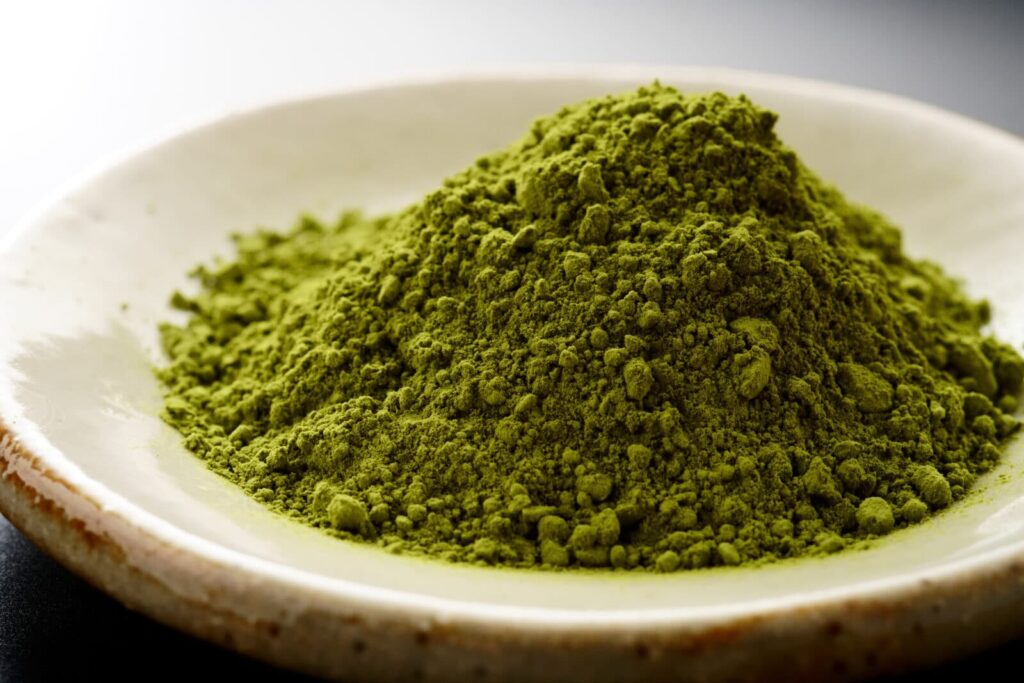The past decade has seen exponential growth in Kratom’s popularity, not just in the US but across the world too. Thousands of people every day are discovering it and using it to improve their holistic health.
But, often newcomers feel overwhelmed with the myriad choices of kratom in the market. It’s certainly a mystery plant and so many varieties only add to the confusion and overwhelm.
If you go online to any kratom store like Kratom Crazy, you will come across several varieties distinguishable by their color. Out of those, Red Vein variety is one of the most popular ones among users.
This post talks ‘all-things Red-Vein’ kratom. Here we go…
What is Red Vein Kratom?
Kratom as a plant is all about its leaves. It goes by Mitragyna Speciosa in the science community. The plant grows in many Southeast Asian countries. It has had a rich medicinal history in several native cultures of these countries. These cultures used it both for recreational and medicinal purposes.
The real difference between different strains of kratom comes in a variety of ways; color being the primary one. All three strains – red, green, and white are visibly distinguishable from their leaf color. Red vein kratom has visibly pronounced red hues in both the stem and the veins.
The differences go well beyond just the cosmetics. The difference in color is actually a reflection of unique alkaloid composition. Alkaloids are the chemical compounds that occur naturally in plants like kratom. The coffee shrub is another plant that naturally has alkaloids. Both are members of the same Rubiaceae family.
While there’s only limited research that went into studying the effects of kratom alkaloids, user experiences suggest that red vein kratom effects tend to be more sedating rather than stimulating. Stimulating effects are the properties of green and white strains.
Where Does Red-Vein Come From?
Like the majority of kratom varieties, red-vein strain is harvested and exported mostly from the Southeast Asian countries. Although you can grow it in other countries too, the climatic conditions would never be as good. Red-vein thrives particularly in the hot and humid regions of places like Bali and Borneo. These climatic conditions create the perfect growth environment for Red Vein to thrive organically without much intervention.
Kratom has a rich history of cultivation. For example, with time – farmers and harvesters realized that based on the location, not all kratom leaves were the same. Depending on the processing and harvesting technique, different kratoms produced distinctive colors.
While cultivation still largely takes place in their natural habitat (most of Southeast Asia), the resulting harvest and final products like leaves, powders, and extracts continue to be sold around the globe.
Generally, the naming convention uses the color of the vein/leaf and the location from where kratom variety was sourced. For example, Red Borneo would imply the plant had red colored leaves and it came from the Island of Borneo.
The most popular varieties of Red Vein kratom are –
- Red Thai Kratom
- Red Vein Indo Kratom
- Sumatra Red Vein Kratom
- Bali Red Vein Kratom
- Malay Red Vein Kratom
Benefits Red-Vein
- Pain Relief
While all kratom strains are supposed to offer relief from bodily pains, red vein, in particular, is quite effective in naturally managing chronic pains that are often a result of some kind of long-prevailing illness or accident.
Natural pain management is the #1 reason behind kratom’s growing popularity in the US. This should explain why the majority favors the red vein and why it is so popular.
Red vein’s pain-relieving properties are often attributed to its unique alkaloid composition; especially to the presence of Mitragynine alkaloid.
- Anxiety Reduction
We already mentioned that the effects of Red-vein lean towards being sedating. That is why it’s great for people struggling with depression, anxiety, and negative thoughts. It could put a brief pause on debilitating mental health conditions.
There’s a lot of medical journals that point to kratom showing antidepressant and antipsychotic effects. Red-vein is a promising one in that regard. The fact that it doesn’t cause you drowsiness or lethargy like most antidepressant drugs is just an icing on the cake.
- Mood Enhancement
While the majority uses kratom for some kind of physical or mental health condition, it’s not uncommon for an occasional user to use it for recreational purposes too. Kratom is supposed to interact much in the same way that most opiums do. However, it’s not as addictive.
Many native cultures have made heavy use of red-vein kratom and several other kratom varieties for overcoming opioid addiction in a way that allowed easy transition without the person going through painful withdrawal symptoms.
Dosages
It’s hard to tell which exact dose will exhibit what kind of results. Since kratom is not regulated by the FDA, two different red-vein products procured from different vendors may have varying levels of potency.
That is why beginners should be particularly careful with their dosage. They are advised to initially stick with nothing more than 3 grams. By slowly upping the intake, they can monitor the results. To establish your dose, stop when you feel like the effects are optimum.
Ideally, 3-5 grams of dosage is seen as moderate whereas anything more than 8 grams is high.
Conclusion
Kratom is a promising herb/plant. Its implications in holistic healthcare are plentiful. A lot of clinical evidence is available too to stipulate those effects. Unfortunately, kratom is still not regulated by the FDA. Also, because it might be illegal in a few places, users are advised to check if the herb is safe to buy where they live.
